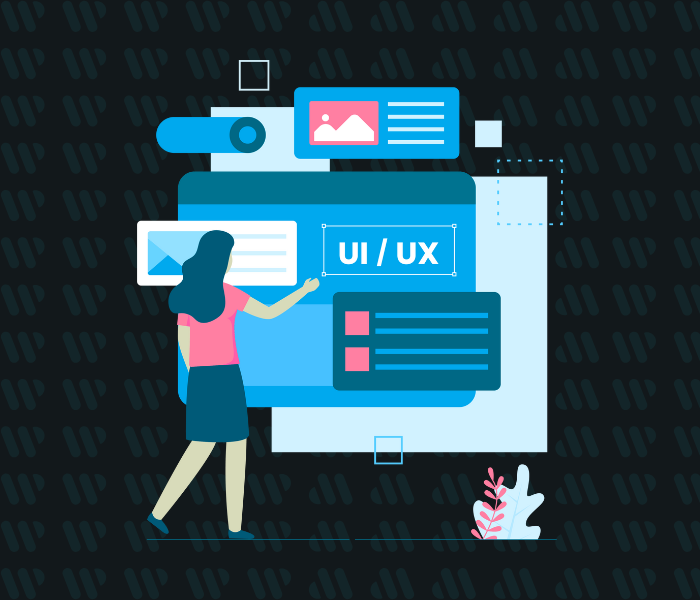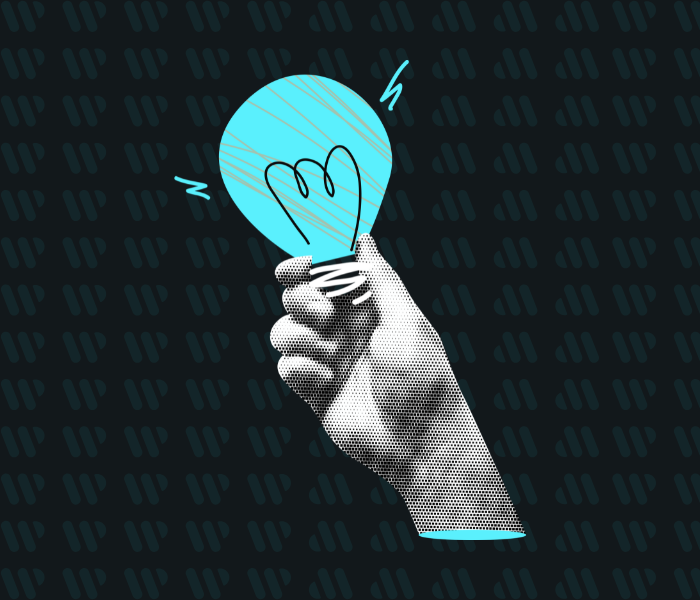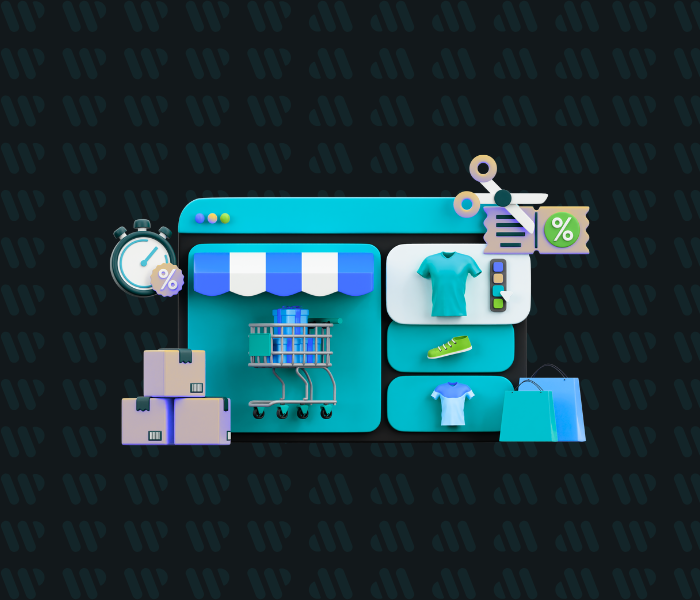You get a quote for a website.
$3,000. $7,500. Sometimes more.
And your first thought is: “For what? It’s just a few pages.”
You’re not wrong to ask. Web design services feel confusing, inconsistent, and way more expensive than they used to. And half the time, the results don’t even match the price.
So what are you actually paying for, and how do you avoid getting burned?
This guide breaks it down. No fluff. No agency speak. Just real talk about where the money goes, what you should expect, and how to tell the difference between smart investment and straight-up overkill.
Why Web Design Costs More Than You Think (But Sometimes Shouldn’t)
Let’s be honest: Most people expect a website to be like ordering off a menu.
Choose your pages, pick a style, pay the bill.
But when you get into web design services, you’re not just paying for “a website.” You’re paying for a mix of strategy, design, development, tech, time, and trust.
Here’s what actually makes the price go up:
- Strategy and Planning
The best designers don’t just make things pretty. They help you figure out what your site needs to do, and build around that. That takes time, research, and real business understanding. - Custom Design
If you want something built around your brand, not a template anyone can use, it takes real skill, not drag-and-drop shortcuts. - Development
Once the design’s approved, someone has to actually build it. Code it. Optimize it. Make sure it works on every screen and browser. That’s not copy-paste work. - Project Management
Every hour your designer spends reviewing, adjusting, and emailing back and forth? That’s part of the cost. - Hosting, Tech, SEO Setup
Many “full-service” projects include speed optimization, mobile testing, SEO basics, and connecting all your tools. These add up.
But here’s the catch: not all businesses need all of this.
That’s where people overpay, when they’re charged enterprise rates for a site that won’t even bring in leads.
Websity’s Website-as-a-Service plans are built for small business owners who want to grow, not manage tech.
What You Should Actually Expect from Web Design Services
If you’re paying real money for a website, you deserve more than a few nice fonts and a contact form.
Whether you’re spending $1,000 or $10,000, here’s what web design services should actually deliver, no matter who you hire:
- A Site That Works for Your Business
Not just “looks nice.” It should support your goal: get leads, book calls, sell products, or build trust. If the design looks great but doesn’t convert, it’s not working. - Clear Messaging and Content Help
Most designers won’t write your copy. But they should guide the structure and help you say the right things in the right places. If they leave all the words to you, you’re paying for half a site. - Mobile-First, SEO-Friendly Code
Google cares about how your site performs. So do your visitors. If it’s slow, broken on phones, or unreadable on search, none of it matters. - Some Level of Support After Launch
You shouldn’t need a developer to swap a photo or update text. Whether it’s training, documentation, or a support window, there should be a plan in place for after the site goes live. - A Process You Understand
No mystery timelines. No vague deliverables. You should know what’s happening, what to review, and when it’s all supposed to launch.
If a designer can’t explain their process in plain English, they probably don’t have one.
If you’re still figuring out where to start, read this guide on how to build a website for business the smart way.
Where Most Web Design Quotes Go Off the Rails
If you’ve ever gotten a quote that felt way too high, or ended up with a site that didn’t match what you paid for, you’re not alone.
Here’s where web design services usually fall apart:
- Pricing Without Context
Some designers throw out numbers without ever asking about your goals, audience, or how the site fits into your business.
If someone quotes you $5,000 after one email, that’s a red flag. - Too Much Custom, Too Early
You don’t need a custom CMS, animations, and a built-in chatbot on day one. But some agencies sell the “full suite” even when your business just needs something clean, fast, and functional. - No Strategy, Just Style
Cool fonts won’t fix broken messaging. But many designers focus only on layout and colors, ignoring whether the content is actually doing its job. - Scope Creep Without Clarity
You start out thinking you’re getting a full website. Halfway through, you realize copywriting, SEO setup, or integrations cost extra. And suddenly your $2K site is a $7K project.
The fix?
Work with people who start with your business, not just your design brief.
And make sure they spell out exactly what’s included, and what’s not.
Avoid common pitfalls like these fitness website mistakes; they apply to almost any business.
How to Get the Most from Web Design Services Without Overspending
Good web design is worth the money. But only if it’s the right site, built the right way, for the right reasons.
Here’s how to make sure you get what you need, without paying for what you don’t:
1. Be Clear on What You Want Your Site to Do
Before you talk to any designer, answer this:
- What should this site help your business accomplish?
- Lead generation? Sales? Authority? Booking calls?
Your answer changes everything: structure, features, copy, platform. If your goals are unclear, the quote will be too.
2. Start Lean, Then Grow
You don’t need 10 pages out of the gate. Focus on a solid homepage, one services page, an About, and a clear call to action. Add more later, when the site is already earning its keep.
3. Ask What’s Included (and What’s Not)
Copywriting? SEO setup? Hosting? Support after launch?
If it’s not listed in the proposal, don’t assume you’re getting it. Ask upfront and avoid surprises.
4. Consider WaaS (Website-as-a-Service)
A full custom site may not make sense right now, but a scalable, managed solution might. WaaS gives you design, hosting, updates, and support in one monthly plan, without the upfront hit.
Websity’s WaaS plans are built for small business owners who want to grow, not manage tech.
A great site doesn’t have to be expensive. It just has to be effective. Focus on value, not vanity.
You’re Not Paying for a Website, You’re Paying for What It Does
Most business owners don’t want “a website.” They want what a great website can deliver: more trust, more leads, and more growth.
That’s what smart web design services are built to do.
Not overwhelm you with features. Not sell you the most expensive package.
Just build something that actually works for your business.
Ask the right questions. Know what you’re getting.
And don’t be afraid to say no to bloated quotes that miss the point.




